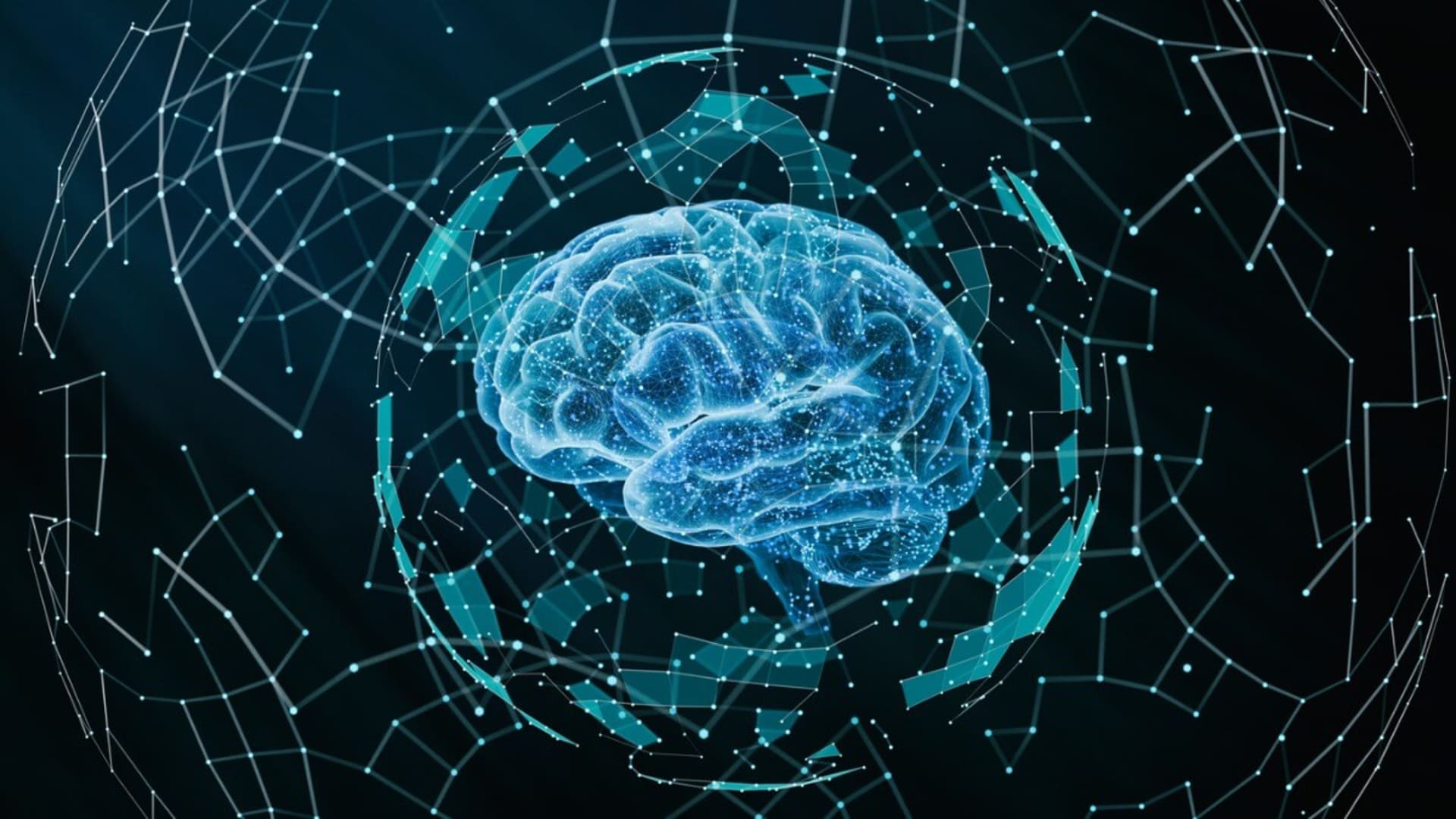The only constant in the current world is that things move fast – especially in the world of tech and building. The traditional building procedures and practices are now a thing of the past. Instead, developers are working to improve energy efficiency and the well-being of inhabitants.
As a result, companies must constantly remain on the lookout for solutions to keep operations running smoothly while contributing to comprehensive sustainability. Technology in building, dubbed “smart building,” is transforming the design and building of structures today. One of the major impactful advancements is the implementation of the Internet of Things (IoT), which helps connect building systems to reduce energy consumption and environmental impact.
Additionally, these smart building systems can help builders and building owners to create sustainable surroundings through cutting-edge technologies. With all of these advancements, it’s important that company owners understand exactly what smart building entails and how they are the future of sustainability in building design.
What is Smart Building Technology?
The term “smart building technology” encompasses a wide range of devices and methods used to keep tabs on a building’s users and systems. Furthermore, it’s a digital infrastructure that guards against technological obsolescence by ensuring system viability in the future.
To put it simply, smart building technology leverages the Internet of Things (IoT) and its associated devices, such as environmental and lighting controls, systems for data gathering, and augmented reality experiences commonly controlled from a single panel. These technologies make buildings not only more user-friendly but also reduce the facility’s carbon footprint.
How are Smart Buildings Eco-Friendly?
Using data analytics, building owners or managers have the ability to monitor the energy costs and energy impacts of particular building assets, making intelligent buildings environmentally friendly. Technology such as IBM’s Envizi can help reduce carbon footprints by lowering the energy usage of various building elements.
This form of intelligent building turns off appliances when not in use, thus reducing energy consumption and carbon footprint. Moreover, smart buildings facilitate the monitoring of residents and their appliance usage. This helps assist individuals in identifying energy-wasting activities that they must then rectify in order to reduce their carbon footprint along with their electricity and gas bills.
What Are the Benefits of Smart Building Technology?
- Efficient Use of Energy – Building management systems that access data to improve the effectiveness of systems such as lighting, heating, ventilation, and air conditioning (HVAC), as well as fire and security. These systems are then actionable and accessible via smart sensors and meters.
- Effectiveness in Company Operations – Operations encompasses a variety of elements pertaining to the structure’s management, maintenance, and protection. Primarily, business and building owners can achieve operational efficiency by automating the building systems and increasing the amount of control exercised.
- Occupant Comfort – By linking the lighting and air conditioning/heating systems of smart buildings to the behavior patterns of inhabitants, smart buildings help ensure comfort and ease for occupants while also saving money.
Which Companies Are Using Smart Building Technologies and What Are They Using?
There are a multitude of technologies available to meet building goals of sustainability and eco-friendliness. Many major companies are already utilizing smart building tech in their everyday projects. These companies include many common household names, including:
- Cisco
- Honeywell
- IBM
- Legrand
- Panasonic
- Siemens
Some of the best smart building technologies that help create sustainable environments include:
- IoT – Builders install Internet of Things devices inside of buildings and give them the potential to monitor and control parameters crucial to the health and sustainability of the occupants, such as air quality and resource utilization metrics.
The ability of a facility manager to monitor real-time performance and make decisions based on accurate information can improve through the use of analytics-driven Artificial Intelligence. For instance, data found in test dashboards record the current use of an area, the ratio of oxygen to carbon dioxide in the air, infectious disease threats, and other information pertaining to the environment. - Automation – The connectivity of the fundamental systems within smart building technology is one of its defining characteristics. Connecting intelligent technologies such as real-time occupancy sensors and building management systems enables the sharing of information that then automates various operations.
- Digital Mapping and Digital Twins – One of the most effective and precise methods for deploying smart building technology is to produce a 1:1 digital clone of the building, often known as the “digital twin.” Essentially, this process creates a flawless digital copy of a building that upgrades itself in real time based on data provided by the building’s physical twin and empowers building managers with unprecedented control and precision.
For example, Resonai’s Vera builds live simulations in the cloud that are continuously updated in order to learn new things about their environments. This allows for the creation of extremely precise internal maps and navigation systems as the model adapts to the actual changing physical location. - Fast and Secure Worldwide Internet Connection – A reliable and constant internet connection is obviously essential for the technologies that support smart buildings. In most cases, utilizing wired Ethernet and intelligent Wi-Fi coverage in conjunction with one another makes this technology feasible. Unfortunately, the presence of “online dead zones” in many structures, particularly older concrete buildings, creates quite an important challenge. The value of these buildings is significantly reduced when there are areas that the tech can’t identify correctly and so on. The term “smart building” refers to a set of technological advancements designed to make a structure more efficient overall. However, one component of these advancements is ensuring that every structure section has sufficient network access.
- Augmented Reality – Augmented reality is a fascinating use case for smart buildings due to the fact that it can enhance indoor mobility, serve for staff training, and direct maintenance to trouble spots – all of which are smart building applications.
Many building companies and owners choose to use a combination of digital maps and sensors alongside augmented reality to create a precise overlay of the interior and exterior like a handheld model. This combines numerous concepts into a cohesive bundle that fundamentally alters how individuals interact in a 3D space.
Is Smart Building Technology the Future of Sustainability?
Focusing on integration and scalability is essential to realize the full influence of smart building technologies and sustainability in the green building sector. Although many improvements are already common practices, there’s still quite a lot of work to go. IoT devices and innovations regularly surprise the world with cutting-edge tech that adds value to smart building systems. Their use cases and applications will only continue to expand as well.
Thanks to the world’s focus on the long-term viability of these technologies, particularly in the commercial building sector, it’s safe to say that the day will come when smart, energy-efficient buildings become the norm.














